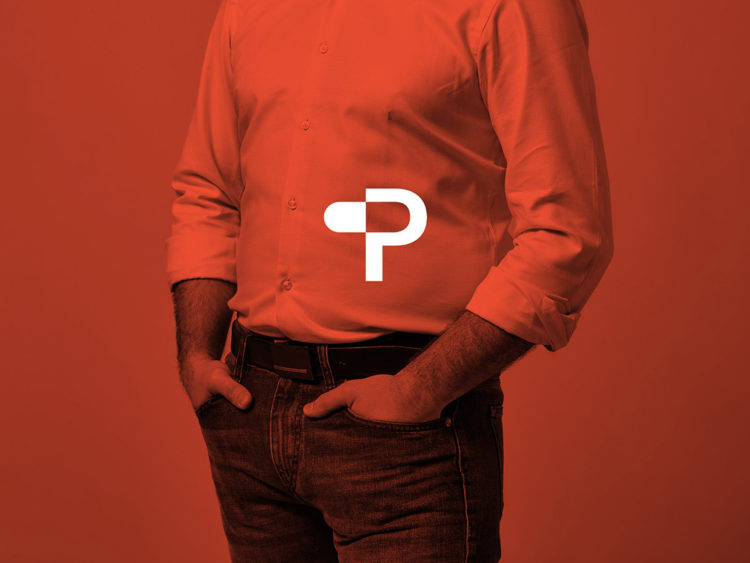
The Good, The Bad, and The Great – How To Vet Your Clients In Order To Save Your Time, Your Sanity, and Your Career
I don’t think there is a moment associated with as many jumbled emotions in a creative’s career as the first time you tell a potential client, “No thanks, I’m going to have to pass on this assignment.”
On one hand, we want to work, shoot, and create. But on the other hand, we want our relationships with clients to be positive experiences that move our career goals forward and leave us feeling valued and respected – allowing us to make a living without bringing unnecessary stress into our lives (or in the case of some truly toxic clients, waking nightmares.)
Some clients are a dream come true – they value your contribution to their projects, are enthusiastic to work with you, have similar communication styles to yours, and are eager to pay your rates because they understand the inherent value of what you do for them. These clients are rare and beautiful – so hold on to them when they come along.
Most other clients are just fine. You may have a hiccup here and there along the road, but for the most part they act in good faith, are easy to communicate with, and are open to resolution when misunderstandings or disagreements do arise. With a good process in place that establishes realistic client expectations you will have no trouble dealing with clients like this throughout your career.
But there are some clients you should run from – the ones who devalue your work/process, overstep the boundaries you set in your professional relationships, make unrealistic demands based on unrealistic expectations, operate in bad faith, and drive you crazy with little to no rewards. There’s an old saying about “the clients who cause 90% of your problems will generate 10% of your income.”
The simple fact is that most photographers get so excited by the prospect of even being offered an assignment that they rarely stop to think if the assignment is something that will be helpful or harmful to their careers in the long run. This lack of foresight is why you see photographers excitedly start relationships with toxic and in some cases abusive clients for little more reason than they are offering work (and in the worst cases, those photographers will end up working for these clients for free – either through getting on board the free work carousel or by plain being stiffed on payment.)
You need to put a system into place for identifying which types of clients and projects are the right ones for you. This system should be integrated into your client research/on-boarding process, be data driven, and based on key attributes and values that are important to you in a client. Some things that you may look for in a great client are:
- Enthusiasm for working with you and your specific style
- Trust in you and your skills
- An understanding of what you offer that leads to them understanding its value
- Responsive to questions about project specifics
- Their deadline is one that will allow you to do your best work in the time allowed
- An understanding of how your rates correlate to your output
- An understanding of the goals of their own project
- A realistic understanding of their budget
- Are verbal and written communicators
A client who possesses many of these attributes is highly likely to be a dream client, while one who does not (or even exhibits the opposite tendencies) is one that, at best, may require a great deal of education and, at worst, may be a client you should be hesitant in working with.
Another important skill to develop is learning to recognize red flags in how your potential clients communicate. A few months ago when I was developing Project Prescription For Photographers with Shauna Haider and Paul Jarvis we focused a lot on what data points and warning signs one could identify in client behavior to help them decide if the client was a good fit or not – and this became the core of our client evaluation module, a data-driven scorecard of sorts for photographers to use internally when deciding if they should work with a new client. Here are just a few of the major red flags we identified and what they could signify.
Have they at any point in your relationship used the phrase “We can’t pay you, but…”
I’m not a fan of working for free, except with a select group of non-profits where I truly believe in the organization’s mission and WANT to donate my time to it (mostly animal rescues these days), and never because of a vague promise of future work or credit. This is one of the easiest and most visible warning signs of a client who needs photography but simply does not value it (or you). And the worst part is that once you work with a client like this, they will have a tendency to call again and again – often increasing the scope of the free work and breeding further resentment over time that can lead to a very toxic relationship.
Have they asked you to provide prices before outlining the scope of the project?
While not always a deal-breaker, these clients have a tendency to see all photography as one-size-fits-all arrangements. You will often receive inquiries from them that are accompanied by almost zero information and followed by an immediate request for a price. These clients tend to be focused on price rather than value, service, and results.
Do they make a lot of “just” or “only” statements?
Clients will often use statements that include the words “just” and “only” as a means of devaluing their own needs as a means of getting you to lower your rates. Classic example phrases include “We JUST need a few portraits,” or “We JUST need you to shoot for an hour or two,” and “We are ONLY using them for social media.” By creating the sense that they don’t value the assignment/usage themselves you may be more inclined to assign less value to the work they are requesting when assembling your estimate.
Are they asking you to do work way outside of your specialty/comfort zone?
You likely have a goal in mind regarding the type of work you want to be shooting – and while they may be offered out of good intentions, not all assignments will move you towards that goal. For example, if you want to primarily shoot portraits, it is unlikely that you will want to take on several product photography assignments (unless you have a dire need for the money) because it will divert focus away from your primary goal, provides little opportunity to develop portfolio work, and may be time better invested in marketing to relevant clients. This can also indicate the client is unfamiliar with your work and just looking for ANY photographer.
Do they respect your boundaries?
This is a huge red flag that encompasses a large scope of behaviors. In its most extreme form it may include being inappropriate/rude towards you in speech or action during your collaboration, or asking you to do things that you find unethical. And in lesser examples it could include not respecting your business hours or calling you at inappropriate times. It is very important to be vocal and firm in setting the boundaries that you expect your clients to adhere to.
Do they want you to work without a contract?
This is business 101 – never work without a contract. I would be highly suspect of any client who actively insists that you work without some kind of agreement in place that sets the terms of your working relationship.
Are they asking you to do spec work?
Block their number.
All of what I just wrote comes with a caveat – I totally understand that rent needs paying, food needs buying, and families need taking care of. Sometimes you have to bite the bullet and deal with an a**hole for a while in order to take care of your responsibilities (and hopefully these will be the first clients you cut loose once your situation is more stable). But once you are in a position where you are comfortably able to turn down work when it isn’t a good fit, being picky about your clients will allow you to do all of the above with more clarity and success as your business grows.
So say it out loud right now: “Not every client is the right client for me!”
You can learn more about the entire Project Prescription system here – as well as download a free copy of our client evaluation worksheet to help you find the types of clients you are best suited to collaborate with. You can also see Luke’s work at LukeCopping.com, and follow him on Instagram, Twitter, Facebook, and Vimeo.








1 comment